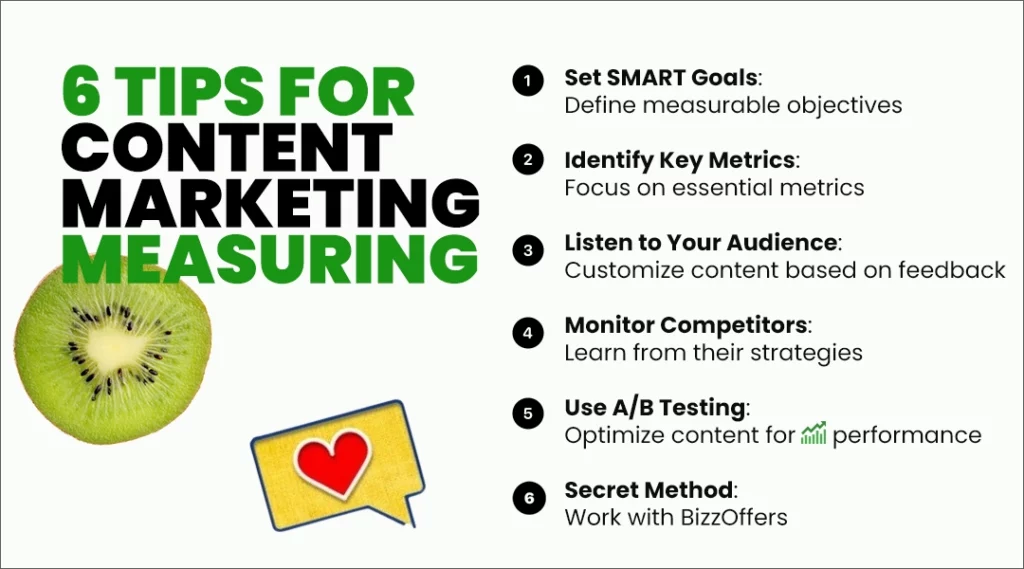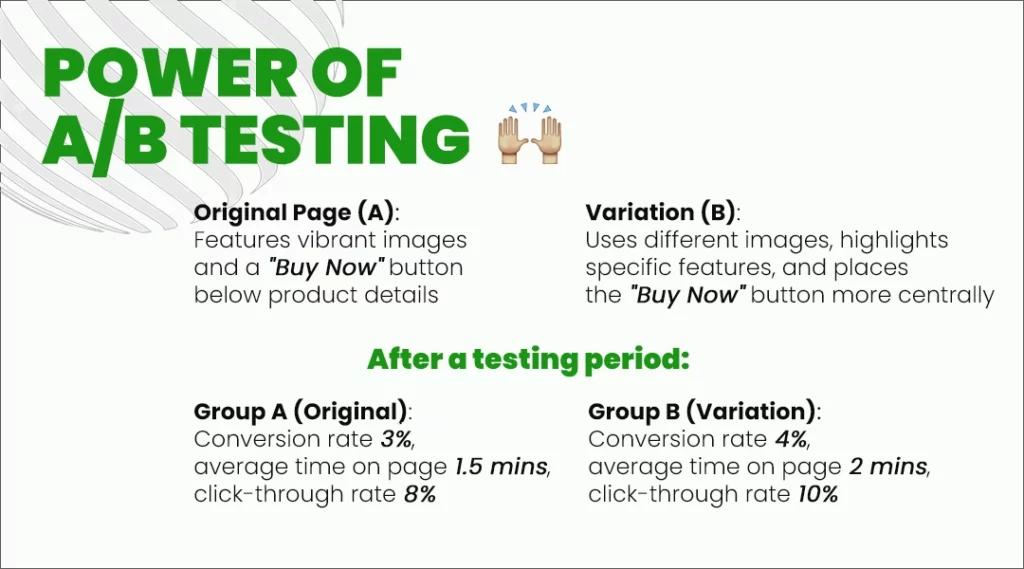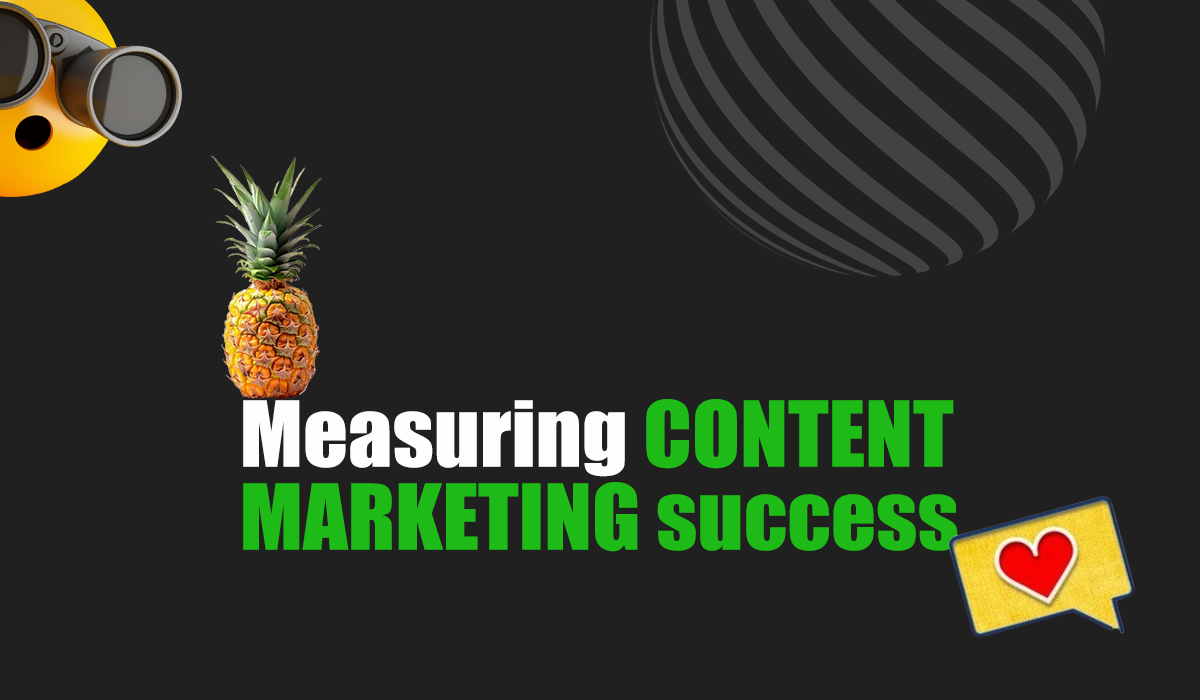Content marketing success isn’t accidental—it’s measured, analyzed, and refined through targeted metrics that matter to your business. In today’s digital landscape, creating content without measuring its impact is like sailing without a compass. Effective measurement transforms your content strategy from guesswork into a precision tool for business growth. This guide breaks down the essential KPIs, practical measurement techniques, and proven strategies that will help you understand exactly how your content performs and how to optimize it for maximum results.
Feeling like your content is stuck on a spin cycle?
You’re whipping up blog posts, perfecting videos, and sharing infographics… but is all this content hustle actually paying off?
Here’s the truth: 88% of marketers have achieved their goals of creating awareness, building trust, and establishing credibility through content marketing. But the real question is, are you measuring the right stuff to know if it’s working for you?
Don’t sweat it! This blog post is your cheat sheet for content marketing measurement. We’ll ditch the confusing metrics and focus on the numbers that really matter – the ones that’ll show you how to transform your content from “meh” to “OMG, this is amazing!”Ready to stop the content guesswork and start seeing real results? Let’s dive in and unlock the secrets to measuring content marketing success together!
Table Of Contents
Why Content Marketing Matters for Business Growth
Content marketing is a deliberate strategy aimed at attracting, engaging, and retaining customers (or potential customers) by creating and sharing relevant, helpful and consistent content. It’s about building relationships with your audience through your brand’s story, expertise, and understanding of their needs.
Think of it like a conversation. For example, you offer valuable information and entertainment through articles, videos, infographics, podcasts, or anything your audience might find interesting or helpful. By sharing your expertise and insights, you position yourself as a trusted thought leader and build credibility.
So, your audience learns more about you and your offerings, and they become more likely to convert into customers.
Here’s why content marketing is so important:
- Boosts organic traffic: Well-optimized content attracts visitors from search engines like Google, bringing qualified leads to your website.
- Builds brand awareness: Consistent content keeps your brand top-of-mind and helps you stand out from the competition.
- Nurtures lead: Valuable content educates and engages potential customers, guiding them deeper into the sales funnel.
- Establishes thought leadership: Sharing high-quality content showcases your expertise and builds trust with your audience.
- Drives conversions: Ultimately, effective content marketing leads to more sales, sign-ups, or whatever desired action you want visitors to take.
In short, content marketing is like planting seeds for long-term growth. While it demands time and effort, the rewards justify the investment: a loyal audience, a stronger brand, and, ultimately, a thriving business.

Choosing the Right KPIs for Content Performance Measurement
The most important KPIs are the ones that align with your unique goals and audience. Don’t get overwhelmed by data overload – choose a few key metrics, track them consistently, and use your insights to refine your content strategy like a master sculptor.
And don’t forget to listen to your audience! Their feedback is the gold that helps you create content that truly shines. And here we’ve packed some essentials:
| KPI | What is it? | How to apply it? |
| Traffic Sources That Drive Real Results | Driving traffic to your website is key to the success of any digital marketing plan, and the volume of traffic you receive is a good indicator of your content marketing success. | However, it’s not just about the numbers – you need to ensure that your traffic is coming from the right sources, is high quality, and leads to conversions. Use analytics tools (e.g. Google Analytics) to track the sources of your traffic, including direct traffic, organic search traffic, referral traffic, and social media traffic. Analyze this data to determine which sources are providing the highest quality traffic and adjust your content marketing strategies accordingly. |
| Engagement Metrics That Signal Audience Connection | Engagement measures how much your audience is interacting with your content. Comments, likes, social media shares, and click-through rates can measure this. | High levels of engagement indicate that your content resonates with your target audience, allowing to build your brand’s authority and trust and ultimately driving conversions. Use tools to check how people engage with your content and see what types they like the most. Use this information to guide future content creation, ensuring you continue producing content that resonates with your audience. |
| Conversion Rates That Impact Your Bottom Line | The aim of any content marketing strategy is to convert traffic to leads and then into paying customers. Conversion rates are a critical KPI for measuring the effectiveness of your content marketing efforts. | Conversion rates can be tracked through an e-commerce platform or marketing automation tools such as HubSpot or Marketo. Use this data to determine which content types drive the most conversions and adjust content marketing strategies accordingly. |
| ROI: Calculating Content Marketing Profitability | ROI measures the profitability of your content marketing strategies, helping you to determine if your marketing efforts are generating a positive return. | To calculate ROI, you need to determine the total cost of your content marketing efforts and compare it to the revenue. Use this information to decide which content marketing strategies to continue or expand upon and which to eliminate or optimize. |
| Brand Awareness Indicators Worth Tracking | Brand awareness measures how well your brand is known and how well it resonates with your target audience. | Use social media metrics, PR mentions, and SEO ranking to track brand awareness metrics. Use this data to determine which content types generate the most brand awareness and adjust your content marketing strategies accordingly. |
7 Proven Ways to Measure Content Marketing Success
Content marketing isn’t just about churning blog posts and hoping for likes. It’s a blend of storytelling, data-driven insights, and audience understanding that transforms fleeting visitors into loyal fans and customers. But at the same time, it requires precise measurement and a keen eye for the subtle shifts in the digital landscape.
Forget the vanity metrics and fleeting likes. Here, with these seven potent tips, you can unlock the true power of your content marketing:
1. Set SMART Goals for Measurable Outcomes
Before beginning any content marketing strategy, it’s important to have a clear understanding of what you’re trying to achieve. While the ultimate goal may be to increase sales or generate leads, identifying specific and measurable goals is critical to understanding the effectiveness of the strategies used to accomplish them.
You can use a SMART system and set Specific, Measurable, Achievable, Relevant, and Time-bound goals and effectively measure a content marketing strategy’s success. Your goals should outline the outcome you want to achieve and the KPIs to help you track progress towards achieving your objectives.
For example, increasing organic traffic by 50% or boosting e-book downloads by 100 in the next quarter are specific goals that can be measured, analyzed, and adapted over time.
2. Focus on Metrics That Impact Your Business
Once you have defined your goals, the next step is identifying the key metrics to help you measure your progress. These metrics could include website traffic, social media engagement, email sign-ups, conversion rates, and sales.
However, remember to focus on the metrics that matter most to your business goals. Don’t get bogged down by vanity metrics that are nice to have but don’t contribute to your bottom line.
For a small e-commerce business aiming to boost sales, these metrics include website traffic, social media engagement, email sign-ups, conversion rates, and actual sales.
Focus on metrics directly tied to your business objectives, avoiding vanity metrics that may look good but don’t contribute to your bottom line. In this scenario, prioritizing metrics like conversion rates and actual sales ensures a more targeted and effective measurement of your content marketing success.

3. Essential Tools for Content Performance Analysis
Plenty of tools are available to help you measure your content marketing effectiveness. These tools can range from Google Analytics to social media analytics, such as Hootsuite and Sprout Social.
These tools provide insights into how your content performs, how to measure content marketing more expertly, where your traffic comes from, and how engaged your audience is with your content. This data can help refine your strategies and optimize your efforts over time.
4. Extract Valuable Insights from Audience Feedback
Pay attention to the comments, mentions, and emails you receive about your content. What are people asking for? What do they love? What confuses them? This input assists you in customizing your content based on their real needs and desires.
In this case, surveys and feedback forms are great tools to measure content success. Feedback forms allow you to collect direct feedback from your audience, while surveys can help you gather more targeted information about your audience. And if you’re looking for a survey-making tool, SurveyMonkey or just Google Forms are the way to go!
5. Competitive Content Analysis Techniques
Monitoring your competitors’ content marketing performance can help you identify opportunities and avoid costly mistakes. You can pay attention to tools like SEMrush or Buzzsumo to analyze your competitors’ content and strategies.
By monitoring your competitors, you can learn from their successes and failures and how to measure content marketing performance in other ways. You may also identify content gaps and niches that you can capitalize on.
6. A/B Testing to Optimize Content Performance
Ever heard of A/B testing? It is a technique to compare two versions of a webpage or email to select which performs better. This method is handy for improving conversion rates on landing pages and optimizing email campaigns.
Testing various versions of your content helps identify the most effective ones, allowing you to adjust your strategy accordingly.
Imagine you have an online store selling fitness apparel. To boost purchases, you decide to use A/B testing:
- Original Page (A): Features vibrant images and a “Buy Now” button below product details.
- Variation (B): Uses different images, highlights specific features, and places the “Buy Now” button more centrally.
After a testing period:
- Group A (Original): Conversion rate 3%, average time on page 1.5 mins, click-through rate 8%.
- Group B (Variation): Conversion rate 4%, average time on page 2 mins, click-through rate 10%.
Results show that Variation B performs better in conversion rates, time on page, and click-through rates. Permanently adopting these changes improves your product page’s effectiveness. A/B testing helps you refine and optimize your online store’s performance.

7. Strategic Partnerships to Amplify Content Value
As a strategic approach, consider integrating partnerships into your content marketing strategy. Bizzoffers.com offers an affiliate program with high-demand SAAS products that can significantly enhance your content marketing effectiveness.
Incorporating strategic partnerships into your content marketing strategy is a win-win. You not only provide valuable solutions to your audience but also have the potential to earn substantial commissions. It’s a strategic alliance that aligns with your content goals while offering a lucrative opportunity for growth.
From Measurement to Mastery: Transforming Your Content Strategy
Measuring your content marketing effectiveness isn’t just about tracking numbers; it’s about transforming those insights into strategic action. By selecting the right KPIs, leveraging powerful analytical tools, and actively responding to audience feedback, you can evolve your content from basic to exceptional.
The process of measuring content marketing creates a cycle of continuous improvement. Each metric provides a clue about what’s working and what needs adjustment. This ongoing analysis helps you fine-tune your approach, allocate resources more effectively, and create content that genuinely resonates with your target audience.
Remember that successful content marketing isn’t static. The metrics that matter today might shift as your business goals evolve and market conditions change. Stay flexible, keep testing, and let the data guide your creative decisions. Your willingness to adapt based on performance insights is what ultimately separates good content from truly great content that drives meaningful business results.
The only thing more powerful than creating compelling content is measuring its impact and using those insights to improve it. So, go forth, measure, refine, and conquer the content marketing world! After implementing a solid content distribution strategy, measuring performance becomes crucial to understand what’s working and what needs adjustment in your affiliate marketing efforts.
As you refine your measurement approach, don’t forget to incorporate SEO tips for affiliate blogs into your content strategy to ensure your performance metrics continue to improve over time. The combination of strategic measurement and SEO optimization creates a powerful foundation for content marketing success.



